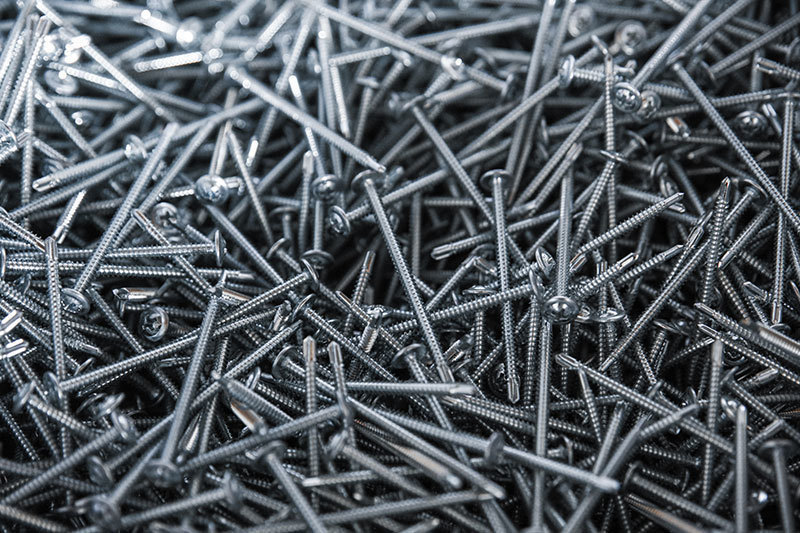Hebei Chuangke Fastener Manufacturing Co., Ltd.
-
ProdcutsChuangke manufactures quality fasteners in a variety of grades that provide optimal safety and reliability in the most demanding customer applications.

-
About UsHebei Chuangke Fastener Manufacturing Co., Ltd. was established in 2009 with a registered capital of 20 million and covers an area of 12000 square meters. It is a local class a enterprise producing fastener products.

-
NewsOur factory has strong technical force, mature production technology and perfect after-sales service. We always adhere to the "quality-oriented, product innovation" business philosophy.

-
ServiceWe can also design and produce according to your customized needs, with complete custom manufacturing capabilities and supports products from development to implementation.

How to use self-drilling screws?
Mar 27,2024

Once we have set aside the matter of making the correct choice, the second and equally important aspect of how to use self-drilling screws is the installation. The importance being that it correlates with the longevity of not only the self-drilling screws in itself, but the structural integrity of the joined material, and lifespan of the structure as a whole.
Basic guidelines on how to use self-drilling screws are:
1. Following the instructions on the packaging or from your dealer/distributor. When in doubt, stop what you’re doing, go through the instructions or talk to the dealer again.
2. Check the maximum drilling capacity of the screws. If the thickness of the metal substrate exceeds the maximum capacity, you should choose a longer screw.
3. Check if the corrosion resistant level is suited for your environment. For example, if you bought a simple, yellow zinc plated screw and expect it to last in coastal areas, think again.
4. Check the maximum recommended RPM (Rounds Per Minute) allowed during drill & drive. Exceeding the maximum RPM recommended by manufacturers during drill & drive is a recipe for disaster, as it will most definitely result in tip burnout and failure. Always err on the safe end and use a hand-tool with a torque limiter.
5. Do not over-drive screws. Over-driven screws have a tendency to crush the EPDM washers or rubber gaskets intended to create a tight weather seal over the hole between the screw head and affixed metal substrate.
6. Do not under-drive screws. Aside from not being able to fasten substrates tightly together, under-driven screws fail to provide sufficient pressure over the hole between the screw head and affixed metal substrate to create a weather-tight seal.
7. Always check the perpendicularity of the screws in relation to the drilled substrate during the drill and drive process. There is little to no chance of correcting a crooked driven screw, and normally a new hole has to be driven somewhere alongside the failed one. Washers on the skewed screw may also damage the substrate itself if it happens to be of a softer material such as plastic.
Contact Us
E-mail :
enid@ckfasteners.com
Phone/Wechat:
+86-13120508847
Address:
Yongnian Zhuzhuang Screw Town, Handan City, Hebei, China

Request Quote





